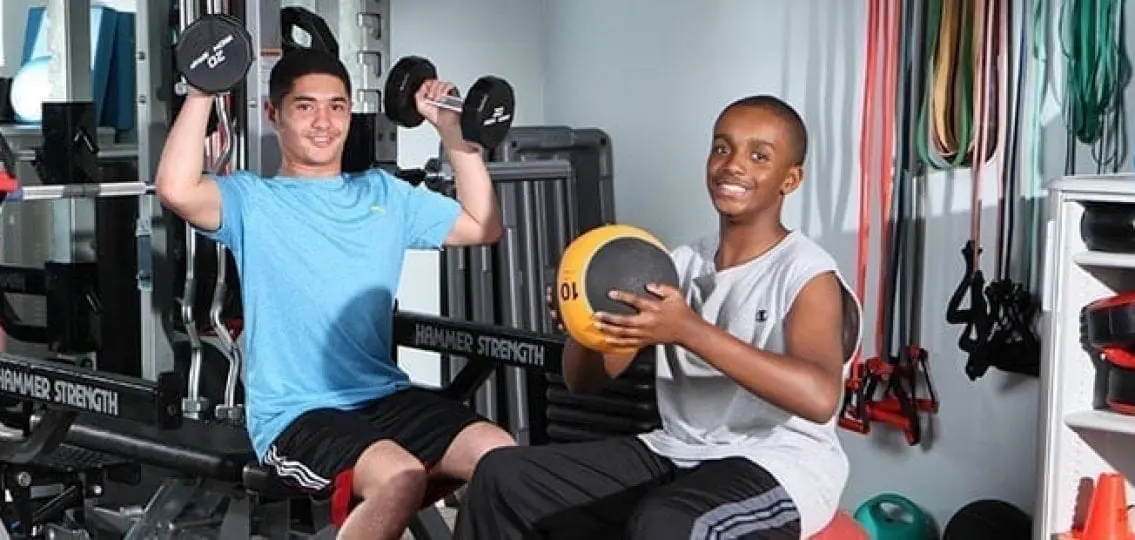Many of us find it tough to fit exercise into our day. For teenagers in particular, it’s a mixed bag. Teenagers participating in a sport are getting plenty of exercise, at least during the season. But teenagers not engaged in athletics are frequently not getting anywhere near the amount of exercise they need. We asked experts how to encourage exercise for teens.
Exercise for Teens: 5 Helpful Ideas
1. You don’t have to play organized sports.
If your teenager doesn’t like organized sports, don’t sweat it. “You just don’t want them sedentary,” explains Dr. Jen Trachtenberg, a pediatrician and clinical assistant professor of pediatrics at the Mount Sinai School of Medicine. “Physical activities for teens can be walking the dog or riding a bike. Even playing those active video games is better than just sitting there.” It also doesn’t have to be a single activity. If walking the dog, then playing an active video game adds up to 30 or so minutes, mission accomplished.
2. They have to enjoy it.
The key, however, is to find activities your teenager actually wants to do. “My own daughter is not super athletic,” notes Trachtenberg, who’s also the author of The Smart Parent’s Guide to Getting Your Kids through Check Ups, Illnesses and Accidents. “So we started skiing and we love it.”
3. Make it a family (or friends) affair.
You may already be anticipating the eye rolls, but it is possible to exercise as a family. And as in all things wellness, parents should be modeling the behavior they want their teenagers to adopt. Sometimes, it’s just saying something like, “We’re all going for a walk,” Trachtenberg says. “There’s always the, ‘I don’t want to go!,’ but five seconds into it, everyone’s happy.” Friends can also be helpful when it comes to encouraging exercise for teens. Maybe your sedentary teenager would be willing to sign up for a yoga class with a friend, for example.
4. Work up to it.
“If your teenager has not been physically active, they will need to work up to it,” says Dr. Adelle Cadieux, a psychiatrist with the Healthy Weight Center at Helen Devos Children’s Hospital in Grand Rapids, Michigan. “If you try to do 60 minutes right away you are more likely to give up.” Start with a couple times a week, then over time add another. Programs like the popular Couch to 5K can be a big motivator (google it). “You are not making a significant change all at once; you are adding a small step at a time,” explains Cadieux.
5. Don’t nag.
Like most things with teenagers, nagging doesn’t help and may even hurt your cause. So, if your encouragements have crossed the line to nags, give yourself a time out. Then redirect your energy into planning active family outings, keeping up with your own exercise routine, and perhaps being less generous with the car keys or rides around town (hint: let your teenager walk or ride his bike).




